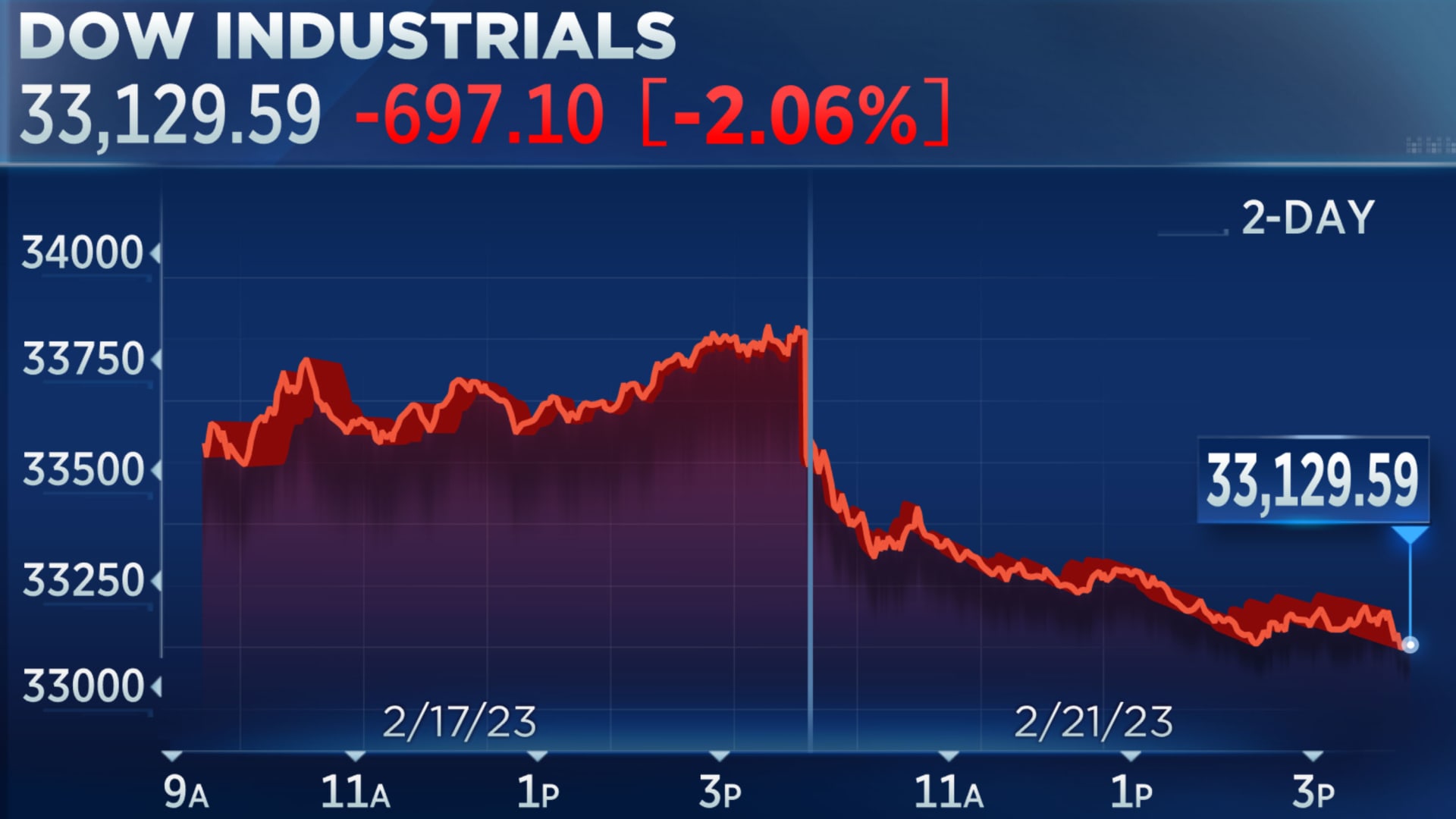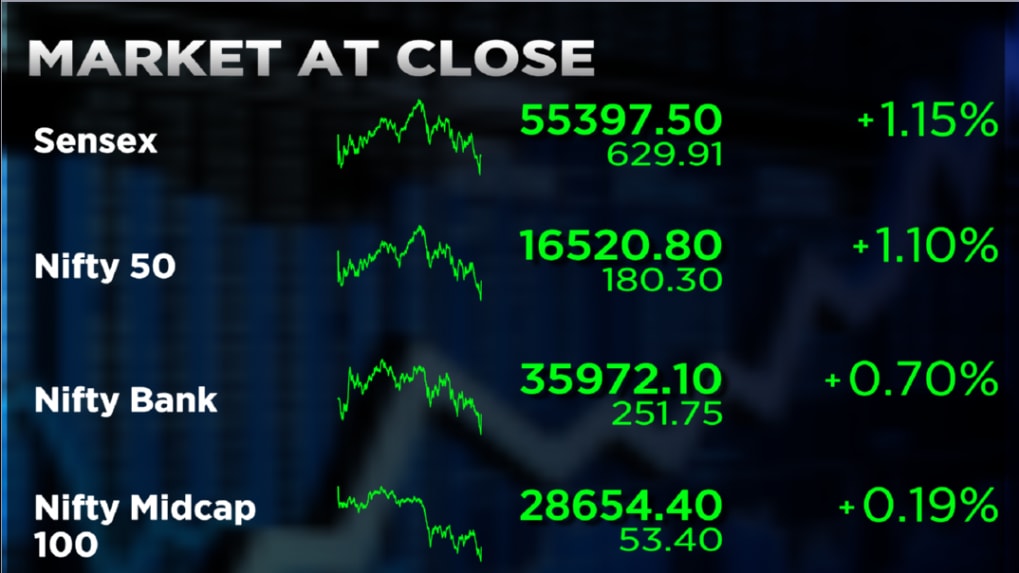Areas don't jump with no reason. Once they do, it's often a mix of data, message, and timing. Here is a distinct break down of the drivers that usually push indexes higher in a single session— and how to online trading platform.

Strong economic data moved expectations
A positive surprise in key indicators frequently sparks broad buying. Believe along the lines of lower-than-expected inflation, tougher paycheck development, or positive retail sales. For case, when inflation cools faster than forecasts, investors cost in a friendlier path for fascination rates. That lowers discount prices on future earnings, which tends to lift valuations across sectors—particularly development names.
Idea: Watch the difference between genuine benefits and consensus estimates. Areas business on surprises, not headlines.
Rate expectations shifted in favor of equities
Connect markets react first, shares follow. A dip in treasury produces signs that investors expect slower rate hikes or potential cuts ahead. Decrease produces make equities relatively more desirable and reduce borrowing expenses for companies. You'll frequently see rate-sensitive sectors—engineering, homebuilders, and utilities—lead on these days.
Case: A 10-year yield falling 10–15 foundation details within hours frequently correlates with a strong risk-on session.
Earnings beats restored confidence
When major companies record better-than-expected revenue and prices, it reassures investors that need is holding up and price regulates are working. Wide beats can induce small covering and energy buying. Guidance issues in the same way much—increased outlooks tend to increase rallies beyond a single day.
Suggestion: Scan aggregate beat charges and forward guidance commentary. One standout record assists; a bunch can reset sentiment.
Policy signals reduced uncertainty
Apparent interaction from policymakers can remove overhangs. Whether it's a well balanced policy course, progress on fiscal negotiations, or understanding on rules, less uncertainty decreases the risk premium. Markets prize predictability with higher multiples.
Case: A statement focusing knowledge dependence and financial balance frequently calms volatility and helps a bid for chance assets.
Technicals added fuel
Breakouts above resistance degrees ask algorithmic and discretionary buying. When significant indexes reclaim their 50-day or 200-day going averages on high size, sidelined money will re-enter. Small squeezes can amplify the move, particularly in heavily shorted segments.
Tip: Set technical signs with macro catalysts. A move that is equally technically confirmed and fundamentally reinforced is more durable.
Sector leadership signaled breadth
Balanced spikes display involvement beyond a small number of names. Look for advancing-to-declining stock ratios above 2: 1, increasing new peaks, and control from cyclicals like industrials and financials along with growth sectors. Strong breadth implies the transfer shows improving fundamentals, not only hype.

How exactly to use today's move: observe the catalyst, evaluate whether it changes your expense dissertation, and regulate place styles rather than chasing value alone. If the drivers—chilling inflation, positive charge trails, strong earnings, sharper plan, and solid technicals—persist, the momentum may continue. When they fade, expect consolidation. Remain disciplined, review your watchlist, and prepare your next entry with a plan.
